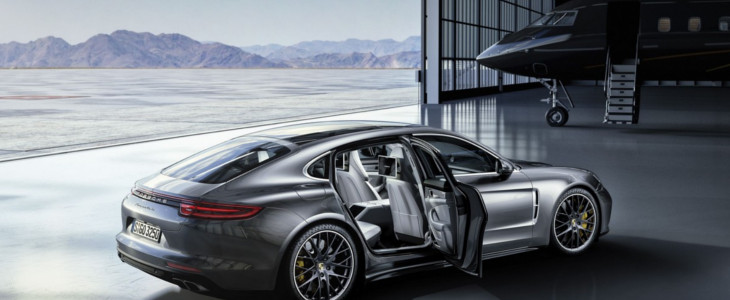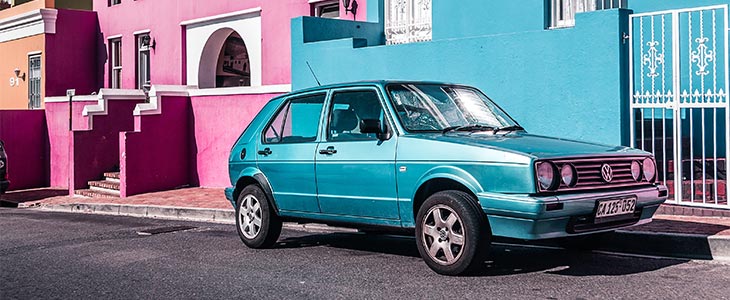Australia’s Luxury Car Tax Introduced in 2000
The luxury car tax (LCT) is a tax on cars with a GST inclusive value above the LCT threshold. The Australian government introduced the LCT on 1st July 2000 in conjunction with the removal of sales tax and the introduction of the Goods and Services Tax (GST).
LCT is imposed at the rate of 33% above the LCT threshold (currently $65,094 for 2017/18). LCT is paid by businesses that sell or import luxury cars, and individuals who import luxury cars. In reality of course, it’s the consumers who pay the LCT as the dealers add the LCT to the vehicles final sale price.
Strategies to avoid the LCT include:
- Purchase a fuel efficient car (maximum 7 litres per 100/km) as a higher threshold of $75,526 applies.
- Lease the vehicle instead of buying.
- Omit some extra features to reduce the purchase price below the LCT threshold. The features can be added after purchase if necessary.
- Purchase a second hand vehicle less than 2 years old (as the LCT has already been paid the purchaser gets a credit for the LCT previously paid).
- Purchase a vehicle at least 2 years old (The LCT doesn’t apply irrespective of the value of the vehicle).
- Buy the vehicle for commercial use. The LCT doesn’t apply to vans, trucks, & utilities that are commercial vehicles.
Primary producers can claim back up to $3000 of the LCT for one all-wheel drive or four-wheel drive vehicle per year. Tourism operators can recoup this amount for every four or all-wheel drive car they buy.
Mercedes-Benz Australia believes that the current framework for a free-trade agreement with the European Union (EU) will finally see the disbanding of the 33 per cent Luxury Car Tax, starting in 2019. Removing the LCT will see the price of high end vehicles reduced substantially.
"You’d be stupid not to try to cut your tax bill and those that don’t are stupid in business"
- Bono: U2





